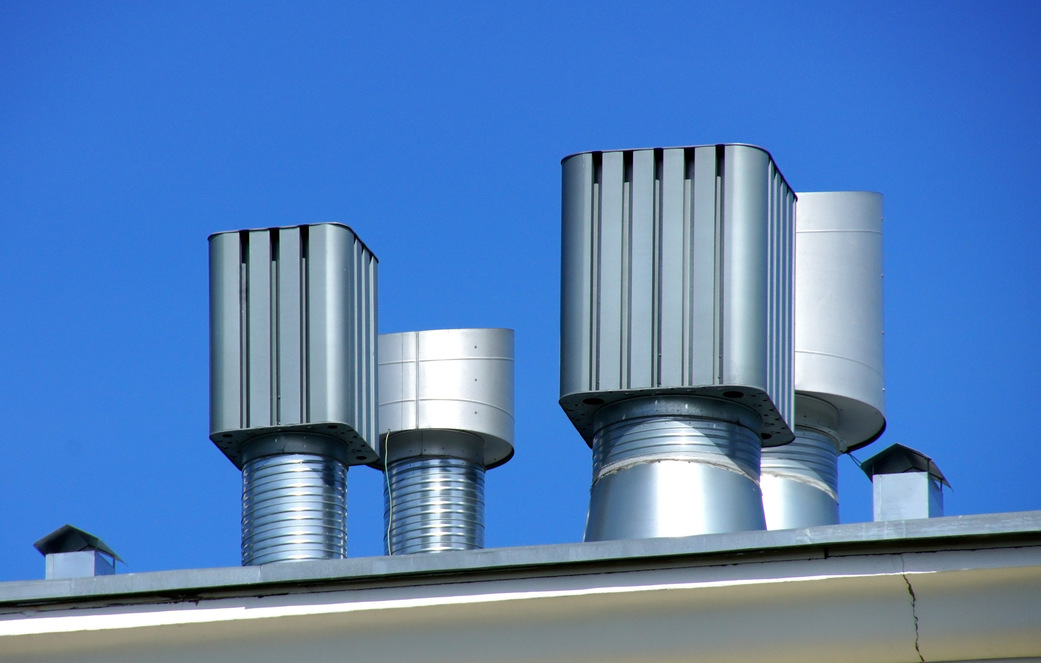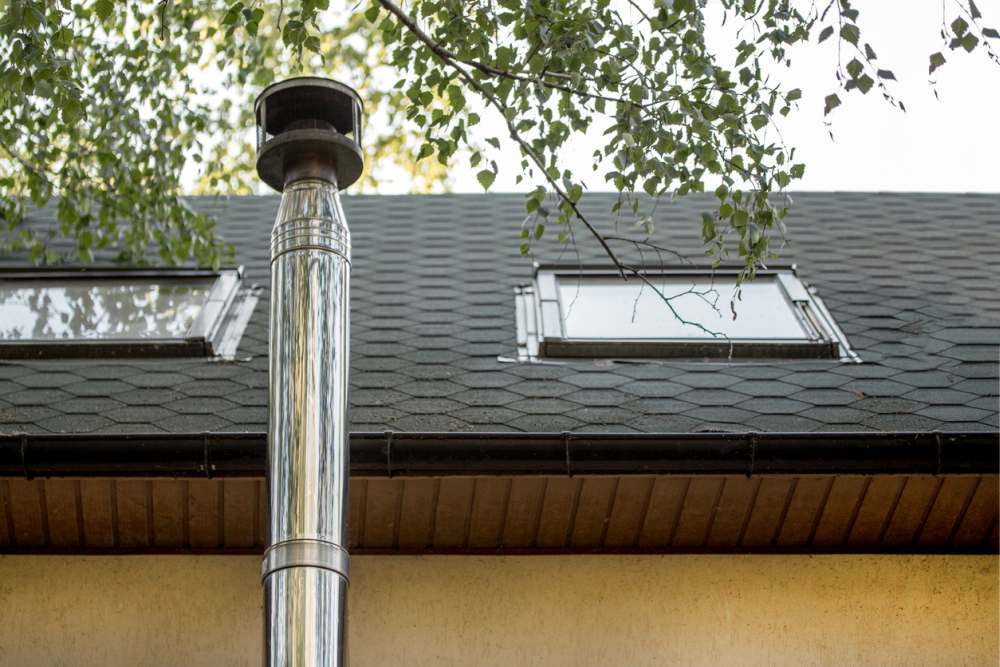The Significance of Ventilation in Residential Plumbing Systems
The Significance of Ventilation in Residential Plumbing Systems
Blog Article
How do you actually feel on the subject of Essential Plumbing Vent Pipes: Understanding Their Role?

Proper ventilation in plumbing systems is usually forgotten, yet it is crucial for maintaining the functionality and safety of your home's pipes. Air flow assists manage atmospheric pressure, stop the accumulation of dangerous gases, and ensure the effective removal of waste. In this overview, we will discover the relevance of proper plumbing ventilation, just how it works, and the benefits it offers your plumbing system.
How Ventilation Functions in Plumbing Equipments
Atmospheric Pressure Guideline
Correct air flow keeps well balanced atmospheric pressure within the plumbing system. When water flows through pipelines, it displaces air. Without ample ventilation, this displacement can produce negative stress, causing slow down drains or siphoning of water from catches, which can trigger unpleasant odors to permeate right into the home.
Stopping Drain Gas Buildup
Among the most crucial features of plumbing vents is to avoid sewage system gases, such as methane and hydrogen sulfide, from building up within the home. These gases can posture significant wellness risks and are very flammable. Vent pipelines enable these gases to run away safely outdoors.
Helping in Waste Elimination
Ventilation helps in the reliable elimination of wastewater by preventing airlocks in the water drainage system. When air can move freely with the vents, it permits water and waste to stream efficiently with the pipelines, lowering the threat of clogs and backups.
Benefits of Proper Ventilation
Boosted System Effectiveness
Effectively aerated pipes systems run much more efficiently, with less blockages, faster draining, and much less stress on the pipelines. This efficiency expands the lifespan of the pipes system.
Improved Air High Quality
By preventing sewage system gases from entering your home, appropriate air flow contributes to much better indoor air top quality, making your living atmosphere healthier and extra comfortable.
Stopping Water Damage
Appropriate ventilation assists prevent water from being siphoned out of traps, which can result in sewer gases going into the home and causing water damages in time.
Actions to Ensure Appropriate Ventilation
Consulting Plumbing Codes
Constantly consult local pipes codes when designing or modifying your plumbing system. These codes supply the necessary standards for proper airing vent and ensure your system meets safety requirements.
Regular Examination and Maintenance
Regular evaluations can help determine potential air flow issues prior to they become significant issues. Maintenance tasks, such as cleansing air vent pipelines and checking for blockages, are essential for maintaining the system in good working order.
Expert Installment
For new setups or significant alterations, it's wise to hire a professional plumbing professional. They have the expertise to guarantee the air flow system is properly created and set up according to code.
Comprehending Ventilation in Plumbing
Ventilation in pipes describes the network of pipes that enable air to move with the drainage system. These vents offer numerous purposes, consisting of regulating air pressure within the pipelines, avoiding drain gases from entering the home, and assisting in the smooth flow of wastewater.
Kinds Of Plumbing Vents
Main Stack Vent
The major stack vent, likewise referred to as the vent pile, is the main air vent in a plumbing system. It prolongs from the main drainpipe align through the roof, permitting gases to leave and fresh air to get in the system.
Branch Vent
Branch vents attach to the main stack vent and offer individual components, such as sinks, toilets, and showers. These vents make sure that each component has sufficient air flow to work properly.
Air Admittance Valve (AAV).
An Air Admittance Shutoff (AAV) is a one-way shutoff that enables air to enter the pipes system without the requirement for a traditional vent pipe expanding via the roofing system. AAVs are generally made use of in renovations or areas where installing a conventional vent is not practical.
Indications of Poor Ventilation in Pipes.
Slow Draining Fixtures.
If your sinks, tubs, or toilets are draining pipes slowly, maybe an indication of bad ventilation. Insufficient air circulation can produce a vacuum cleaner impact, making it challenging for water to drain properly.
Gurgling Sounds.
Gurgling sounds originating from drains pipes are commonly a result of air being drawn with water catches because of negative stress in the pipes. This is a clear indication of inadequate ventilation.
Undesirable Smells.
Drain smells inside your home are a warning that your plumbing system is not effectively ventilated. This might suggest that drain gases are not being effectively vented outside, causing possibly dangerous conditions.
Common Air Flow Errors.
Insufficient Vent Sizing.
Utilizing small air vent pipelines can result in inadequate air circulation and stress inequalities in the system. It's vital to use vents that fulfill the particular requirements of your plumbing system.
Improper Vent Placement.
Putting vents too far from the components they serve can decrease their performance. Correct placement guarantees that air can flow easily and successfully through the system.
Disregarding Code Needs.
Building ordinance give specific guidelines for plumbing air flow. Overlooking these codes can result in a system that falls short to function properly and may lead to expensive repair work or health hazards.
Conclusion.
Correct air flow is a crucial element of any kind of pipes system, making sure that it operates efficiently and securely. By understanding the significance of air flow, identifying the indications of inadequate air flow, and taking steps to keep your system, you can avoid pricey problems and shield your home's air top quality.
4 Things You Should Know About Your Plumbing Vents
What Plumbing Vents Are
Also called a vent stack, a plumbing vent is a vertical pipe attached to your drain line that runs through your roof. The plumbing vent pipe, or plumbing air vent, removes gas and odors from your plumbing system and allows fresh air to enter the pipes, helping the water to flow out of the drain pipes.
What Plumbing Vents Do
Plumbing vents have two basic functions. One of which is to allow unpleasant smelling wastewater and sewer gasses to escape your plumbing system instead of entering your home. Plumbing vent pipes are typically located on roofs, away from windows, to ensure the fumes exit the home completely.
The other function of the plumbing vent is to move fresh air into your plumbing system. This helps move water through every plumbing fixture in your house, like toilets and sink drains. Think of the way in which you need to let a little air into the bottle as you pour soda in order to make the drink flow smoothly.
Different Types of Plumbing Vents
True vent: This is the most common vent option. In simplest terms, a true vent is a vertical pipe attached to your drain line that exits through the roof. They often function as the main vent that other fixtures can connect to. Re-vent pipe or auxiliary vent: Attached to the drain line near specific plumbing fixtures, re-vent pipes run up and over to connect to the main vent. Common vent: Two plumbing fixtures installed on opposite sides of a wall are typically tied into the vent stack using something known as a sanitary cross. Wet vent: This venting option operates as a drain pipe and a vent at the same time. Wet vent drainage systems drain water from one fixture while venting the air from another. Although they’ve been used for over 100 years, wet vent systems have only recently been added to the plumbing code in many areas. If you’re planning on installing one in a bathroom remodel, make sure you check your local code prior to construction. Loop vent: For free-standing fixtures like kitchen island sinks, loop vents are ideal. These vent pipes run under the floor, rise from the P-trap, and create a loop inside the cabinet sink. Air admittance valve: An AAV is a one-way mechanical valve typically installed at the site of the plumbing fixture. AAVs allow venting to occur without having to tie into a larger venting system. They’re ideal for venting fixtures where you aren’t able to easily connect to an existing vent system. Common Plumbing Vent Issues
Although vent pipes typically don’t have water flowing through them, they’re still subject to many typical plumbing issues. For example, clogs are one of the most common problems associated with sewer vent pipes. If your vent pipe gets clogged, all of your plumbing fixtures tied into the vent stack will be affected.
A sink with a slow drain that bubbles and gurgles or a strong sewage smell around your toilet are both indicators that your toilet vent pipe is clogged. Because most vent pipes exit through the roof, old leaves, twigs or even a bird’s nest could be clogging the pipe.
Clogs in your vent pipe system cause a buildup of negative pressure, meaning that water won’t be able to flow out of your home very well. It’s similar to putting your finger over the opening of a straw to trap water inside. When you remove your finger, the water is able to flow out of the straw.
If you suspect you have any blockage in your vent, make sure you have a professional come examine the situation. Left unchecked, a blocked air vent can lead to other costly repairs, like leaks and sediment buildup.
Under Pressure
Pipe vents are essential aspects of a home’s plumbing system. Owning a home means learning about all sorts of things you never put much thought into before. But by understanding as much as you can about the important systems of your home, you can keep those budgets intact and those anxiety levels low.
https://www.homeserve.com/en-us/blog/home-improvement/plumbing-vents/

Hopefully you enjoyed reading our post on What Is a Plumbing Vent and Why Is It Important. Thanks a ton for taking the time to browse our short article. So long as you enjoyed our article please be sure to share it. Thanks for taking the time to read it.
Request Appointment Report this page